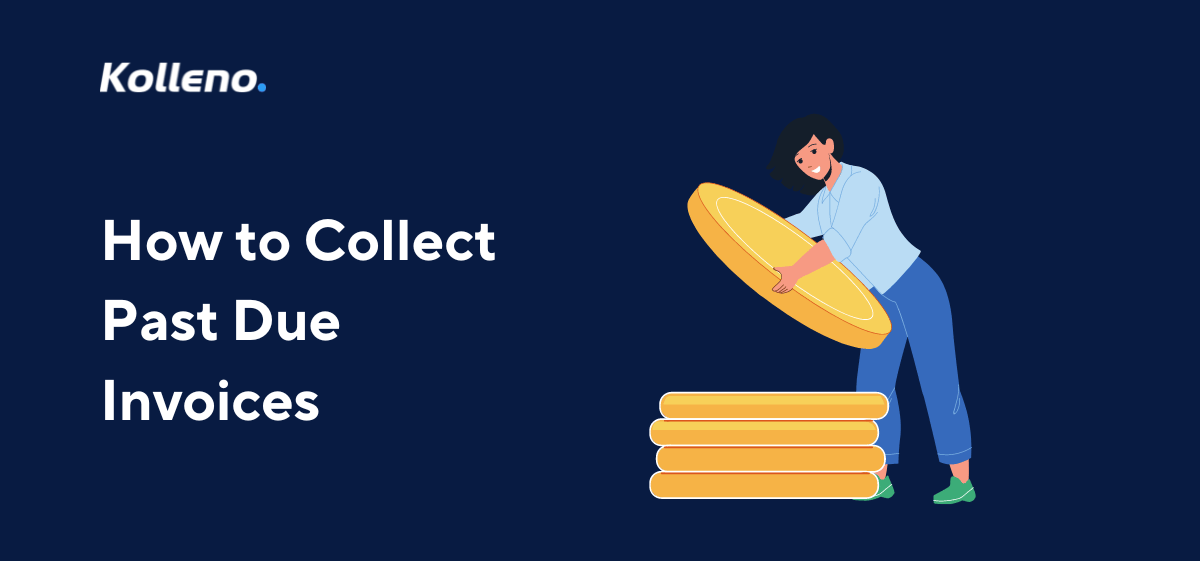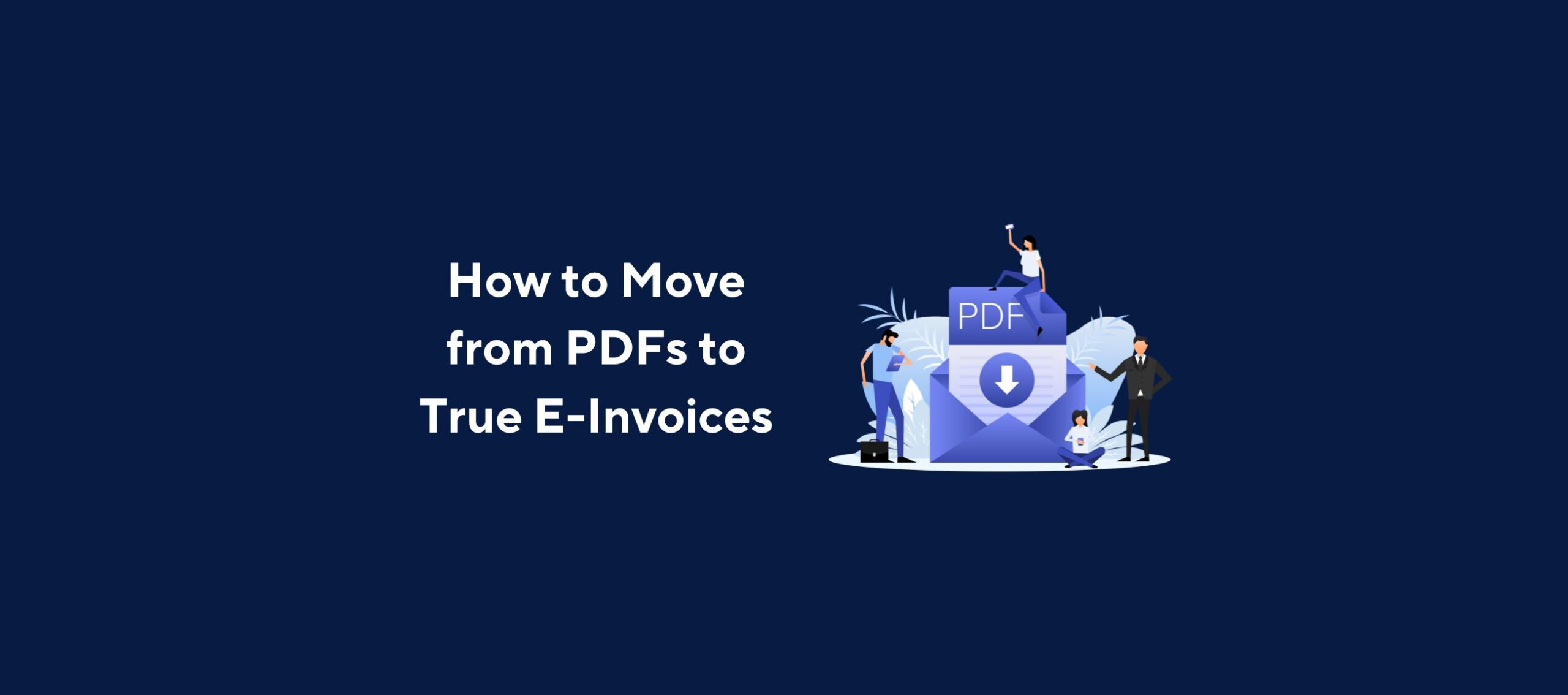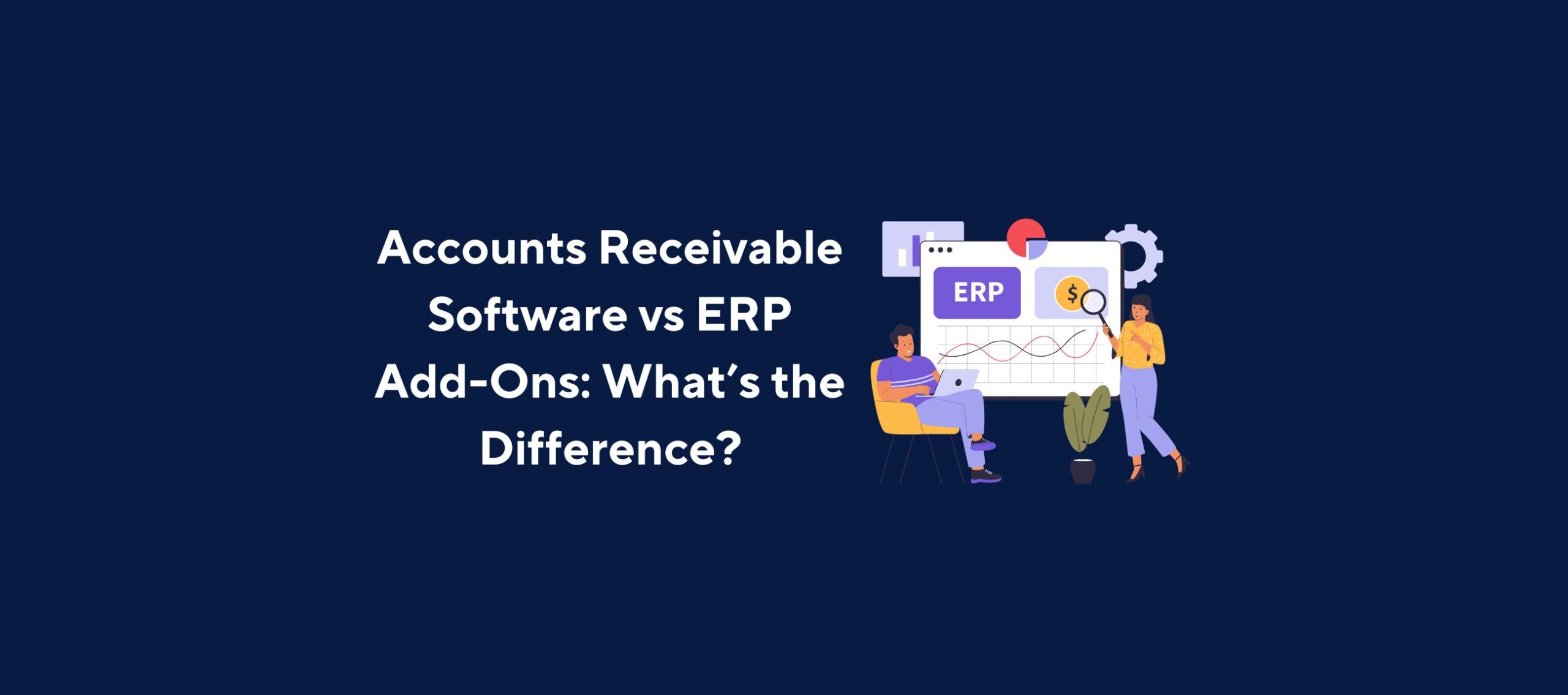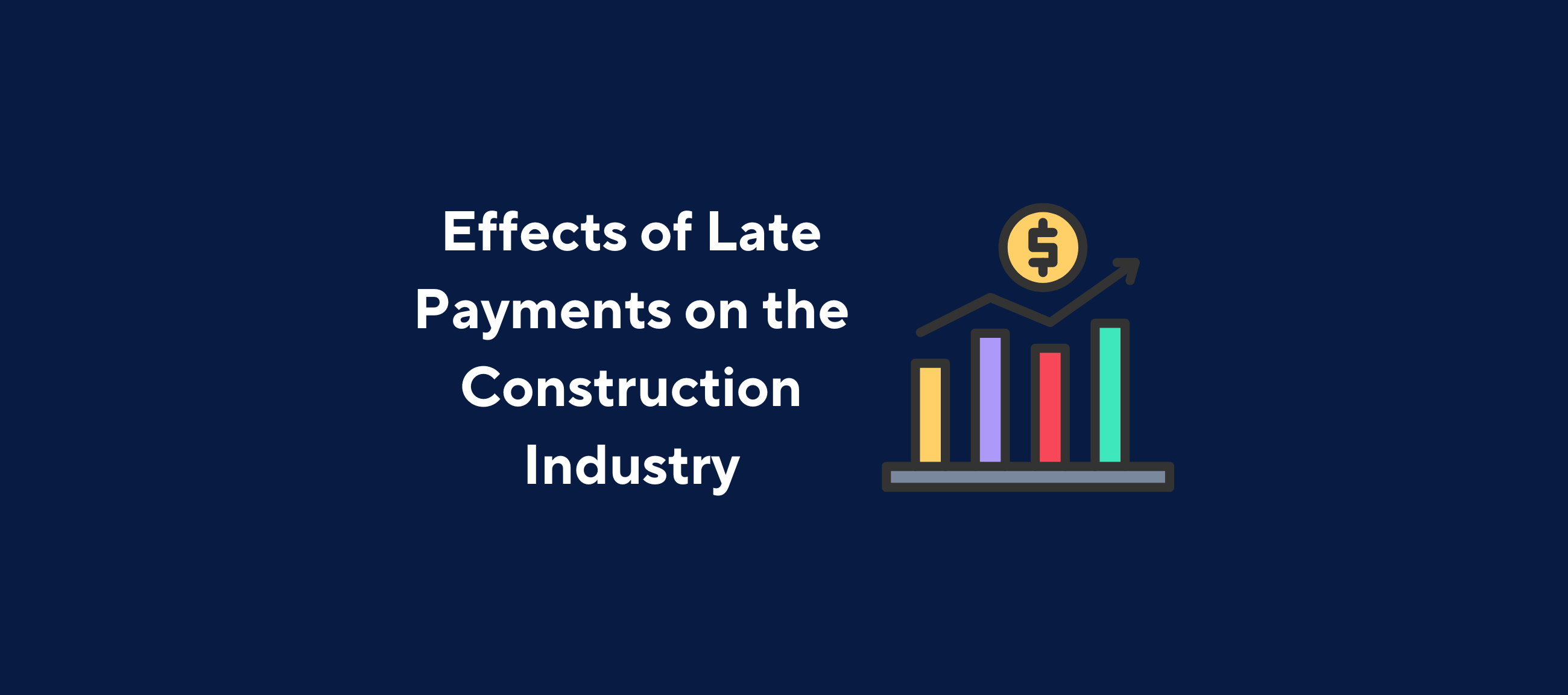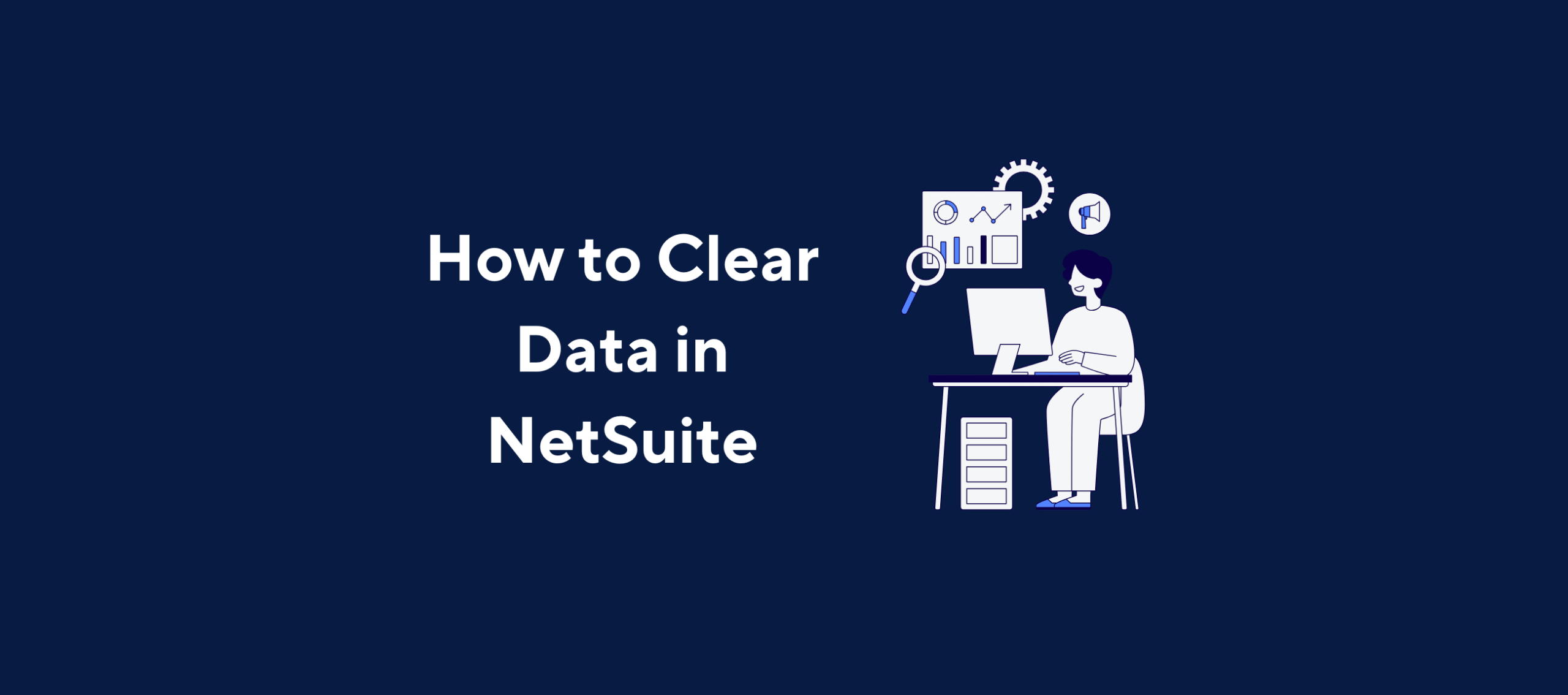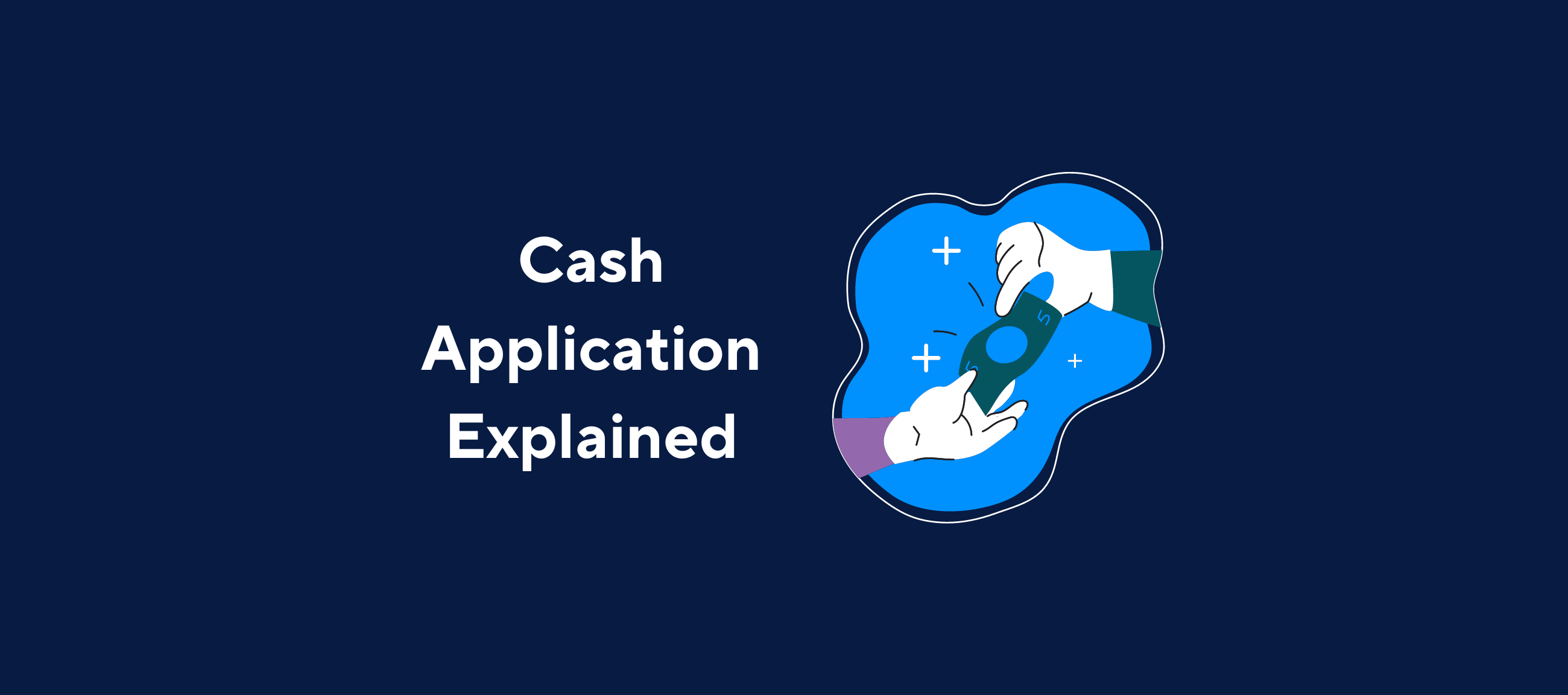Summary
- Collecting past due invoices is a tricky proposition. Businesses have to strike the right balance between having a healthy cash flow and maintaining a good relationship with their customers.
- To do this, it’s important to know how to chase a past due invoice. Your first step should be to prioritize your most urgent invoices. Then, send a friendly follow-up email. If this past due invoice email doesn’t work, try making a phone call and keep sending them more reminders. If your customer is still ignoring you, put them on credit hold and send them a collection letter. If that still doesn’t work, take them to small claims court.
- You can prevent having to chase past due invoices by automating your accounts receivable. This will enable your company to send automatic and personalized email chasers (such as past due notices). It will also let you know which invoices haven’t been paid yet.
- You should start chasing invoices before their “past due” date. If your invoice doesn’t have a “pay by” date, the deadline should be 30 days after it’s been received.
Collecting past due invoices is one of the trickiest things about managing a business. Let’s say that you’ve recently struck gold with what seems like a lucrative working partnership with a new client. On paper, your agreement seems fairly simple – you do the work or supply your goods, and your client pays you.
Feeling motivated about your new partnership, you get down to work. And after much sweat and effort, you deliver it. Luckily, your client is extremely happy with your work. They wax lyrical about it and talk about how they want to keep collaborating with you for the foreseeable. But then something unexpected happens. Payment day finally arrives – but your money doesn’t.
Unfortunately, not being paid by the payment deadline and having to chase past due invoices is a tale as old as time. It’s not even necessarily about your client acting in bad faith. Forgetting to pay invoices happens. And that is precisely why knowing how to collect an unpaid invoice is one of the most important skills that a business owner can have. In our opinion, it’s something that should be taught on day one of business school.
How to Collect Your Past Due Invoices in 7 Simple Steps
Without a doubt, the worst thing about past due invoices is that they can have an extremely negative impact on your company’s cash flow. This is especially true if you’re a small business owner, or a medium-sized business owner. It’s crucial these entrepreneurs can meet their existing financial obligations without the financial support of external investors.
Fortunately, there are ways of avoiding this. Let’s learn how to collect payment from an unpaid invoice in 7 simple steps:
1. Highlight your most urgent invoices
By urgent invoices, we mean past due invoices that have not been paid 60 days after you issued them. Unfortunately, there is a real possibility that you might not ever see the money for these invoices. And that’s exactly why focusing on your most urgent past due invoices should always be your first step. Basically, you need to ensure that you’re prioritizing the invoices that have been left unpaid for the longest time.
Once you know which past due invoices to collect, it’s time to act. Acting swiftly by sending a past due invoice email or past due invoice letter will help you avoid potential cash flow issues.
2. First try: send a past due invoice notice
Also known as a collection letter for past due invoices, a past due invoice notice is effectively a reminder that an invoice is still unpaid after the due date. You should send a past due invoice notice to your customer as soon as they miss the final deadline for the payment.
However, that’s not to say that you should be confrontational about the fact you’re still awaiting payment. The last thing you want is to offend your customer. When sending a past due invoice notice, it’s always a good idea to maintain a friendly and conversational tone. If you start your email threatening legal action, chances are that your client will never want to work with you again. Want to receive payment and maintain a good relationship? Be friendly and civil.
In a nutshell, your collection letter for past due invoices should always be polite and professional. And remember – under no circumstances should you send a template you’ve copied from another website. Instead, keep things personal. Of course, the general tone will depend on the kind of relationship you have with your customer. If you have been doing business together for a long time, it might be worth bringing up a recurrent conversation point or two to reassure them that you’re still on good terms.
3. Second try: make a call
There are times in life when you just can’t go wrong with the good old method. And in this case, that is picking up the phone and ringing a customer who still hasn’t paid your past due invoices. Suffice to say, you should only do this if your customer hasn’t replied to your email a few days after sending it.
As with the collection letter for past due invoices, your phone call should be, first and foremost, friendly and polite. Don’t go straight into the topic at hand – instead, ask your client how their business is going and what they’ve been up to recently.
And when you finally address the elephant in the room, do it confidently and accurately. Make sure that you have a copy of the invoice in front of you. This way, you’ll be able to remind your customer what they need to pay for. Most importantly, you need to ensure that your phone call is followed up with an email. Having written evidence of chasers might be important for legal reasons further down the line.
4. Put your customer on credit hold (only after chasing them numerous times)
If your customer is still AWOL, it’s time to protect your business. The last thing you want is for that customer to owe you even more money, so contact your sales team and tell them to immediately put your customer on credit hold. It’s of paramount importance that you notify your customer via e-mail as well.
Apart from saving you future trouble, putting a customer on credit hold is a popular way of encouraging them to pay their past due invoices. Once they realize that you’re stopping your services, they’ll likely contact you to strike a deal.
5. Third try: send a follow-up collection letter
If your invoice is now months overdue and your customer is still ignoring you, it’s time to bring out the big guns. And by that, we mean sending a follow-up collection letter for past due invoices. As this letter will be your last step before taking your past due invoices to the small claims court, your tone needs to be a lot sterner than in past reminders.
To make things easier for you, we’ve put together a concise checklist of the points that your collection letter for past due invoices must include:
-Invoice reference number
-Invoice total (including any accrued interest)
-Original invoice date
-Date of your first email chaser
-Payment method
-Contact details
-Legal consequences if payment is not made
To ensure that your follow-up letter is read, you should also send an email version of it. We highly recommend using email tracking software too, as this will let you know whether your customer has opened your final chaser.
6. Take your customer to small claims court
Have all of your chasers failed? Then it’s time to take legal action. First, write a formal letter to your customer detailing your claim. This is called a “letter before action” and it should include your company name, address, a summary of the issue and the amount of money they owe you. You should give them a deadline too – usually of about 14 days.
Then, go to the UK Government website to start the claim procedure formally. If your claim is below £10,000, this will be fairly simple . If the claims court finds that you’re right, your customer will be legally liable to pay the invoice plus interest. They will also have to pay a court fee of 5% of your claim.
Alternatively, consider using a debt collection firm such as Atradius to help make the process as smooth and hassle-free as possible for your business.
7. Avoid past mistakes with AR automation
In business management as in life, prevention is always better than cure. And that includes collecting past due invoices. Whatever the outcome of your last collection letter for past due invoices, something is clear – you won’t want to waste time chasing past overdue invoices ever again. Fortunately, there is an easy way to avoid past mistakes – automating your accounts receivables (AR).
Thanks to AR automation, you’ll be able to get rid of all those time-consuming tasks that your accounts team dreads so much. But it’s not just about saving time – it’s also about efficiency. By sending invoices and chasers for past due invoices automatically, automated AR will significantly decrease the chances that one of your invoices goes unpaid.
Why is it so hard to chase a past due invoice?
Issuing a collection letter for past due invoices is far from being rewarding work. At best, it’s a painstaking task that requires you to brush aside your professional insecurities in order to do what’s best for your business.
Chasing an overdue invoice without putting your professional relationships at risk is all about finding a comfortable middle ground between being blunt and keeping your professional partnership intact. On the one hand, you’ve got to let your client know that you expect to be paid on time. After all, you’ve done and delivered the work they asked you to do. So, it’s only fair that your client completes their part of the deal and pays you.
But on the other hand, it is also of paramount importance for a fast-growing business to maintain a friendly working relationship with its clients. If you’re too blunt or aggressive when chasing a past due invoice, your bond with your client might deteriorate. So, how do you strike that right balance?
To answer that question, let’s dig deeper into the first rule of past due invoices – don’t chase them before they have become overdue.
When does an outstanding invoice become a past due invoice?
Past due invoices differ from outstanding invoices in one important point. While they’re both unpaid invoices, the latter can still be paid within the agreed time frame. On the other hand, an invoice becomes past due when it’s still unpaid after the due date has passed. This isn’t an insubstantial difference. Whereas outstanding invoices don’t attract penalties, past due invoices can be subject to fines. If you consider that having past due invoices is detrimental to your business, you are entitled to charge interest to your customers.
But now let’s return to the question outlined at the beginning of this section – when does an invoice become past due? Basically, the answer depends on the payment date that you set when sending your invoice. To make things clearer, you should ensure that your invoice includes a “pay by” section that lets your client know when you’re expecting to be paid.
If you haven’t included a “pay by” date, you’re still entitled to chase a past due. In UK law, an invoice without a “pay by” date becomes outstanding 30 days after either:
a) Your customer receives the invoice.
b) You have provided the agreed service or delivered the goods and/or products your client has paid for. This is only applicable if the delivery of the service and/or product happens after an invoice without a “pay by” date has been sent.
Chasing a past due invoice is hard work. But remember – you can avoid having to do this ever again by implementing an automated AR solution.
Minimise your past due invoices by automating AR
Ask yourself the following question – are you really doing everything in your power to ensure that you don’t have any past due invoices? If your company doesn’t have an automated AR in place, the answer is “no”. More often than not, the reason why some invoices go past overdue is that you haven’t chased the payment properly.
Fortunately, all you need to do to solve that problem is to implement an automated AR solution – and at Kolleno, we’ve got just the thing. With seamless API integration and tailored invoice management features, our automated AR solution will make chasing outstanding invoices a true breeze.
Frequently Asked Questions (FAQs)
How can small business owners manage past due invoices effectively?
Small business owners can manage past due invoices by implementing a robust process that includes sending a past due notice, making phone calls, and setting up payment reminders. Automating the invoice collection process helps streamline administrative tasks, reducing the risk of overdue payments and cash flow problems.
What should a finance team member include in a past due invoice notice?
A past due invoice notice should include the invoice number, original due date, and a polite reminder of the outstanding balance. For aged receivables, this notice serves as a formal reminder to encourage timely payments and maintain good customer relationships.
When should a business consider involving a collection agency?
A business should consider involving a collection agency if previous attempts to collect past due invoices, such as reminder letters and direct calls, have failed. Collection agencies specialize in collecting unpaid invoices and can help manage overdue accounts without straining customer relationships.
How do overdue invoices impact small businesses?
Overdue invoices can lead to cash flow difficulties, affecting a small business’s ability to meet financial obligations. Regularly reviewing the aged receivables report and using alternative payment methods, such as direct deposit, can help collect past due accounts more efficiently.
What is the role of late fees in the collections process?
Late fees are a common practice in the collections process, serving as an incentive for customers to make timely payments. Including late fees in payment terms can help reduce the occurrence of overdue invoices and encourage customers to pay on or before the specific date outlined in the invoice email.
- Summary
- How to Collect Your Past Due Invoices in 7 Simple Steps
- 1. Highlight your most urgent invoices
- 2. First try: send a past due invoice notice
- 3. Second try: make a call
- 4. Put your customer on credit hold (only after chasing them numerous times)
- 5. Third try: send a follow-up collection letter
- 6. Take your customer to small claims court
- 7. Avoid past mistakes with AR automation
- Why is it so hard to chase a past due invoice?
- When does an outstanding invoice become a past due invoice?
- Minimise your past due invoices by automating AR
- Frequently Asked Questions (FAQs)
- How can small business owners manage past due invoices effectively?
- What should a finance team member include in a past due invoice notice?
- When should a business consider involving a collection agency?
- How do overdue invoices impact small businesses?
- What is the role of late fees in the collections process?

